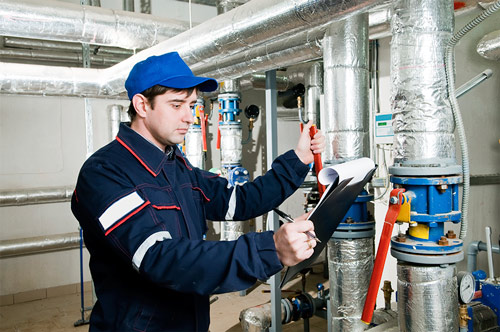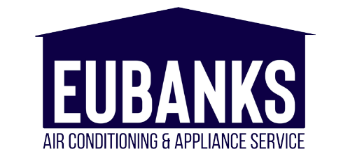29 Nov 2 Tune-Ups for Your Gas Furnace To Do Before the Cold Weather Hits
The weather can be very unpredictable in the United States, especially during the winter months. If your gas furnace isn’t ready to take on these unpredictable changes, it could fail. In addition, the inside of your home could become as cold as the weather outside, which places your family and pets at risk for cold season illnesses.
It’s essential that you check and maintain the most important parts of your furnace, including its air filtering system and air ducts. Here are two things you can do now to get your gas furnace ready before the cold weather hits your area.

1. Improve Your Air Filtering System
An air filter not only keeps your furnace clean, it’s essential to the entire operation of your heating system. Dust, dust mites, pet dander and the dead skin cells your family sheds can enter your furnace every time you use it. If these things manage to get past a dirty air filter, they can cause numerous problems with your heating system.
Different parts of the furnace depend on clean air to keep them in good working order, including the blower motor and fan. The motor and fan rely on electricity to operate and work by distributing warm air toward the furnace’s heat exchanger. If the motor or fan clog up with debris, they can shut down prematurely or overheat and fail.
You can prevent problems with your furnace’s motor by improving the air filtering system in your furnace. You can do this by using an air filter recommended by your local HVAC specialist. The air filter you currently use for your appliance might not be efficient enough to block debris properly, or conversely, the filter may also be too efficient for your needs.
The right air filtering system should meet the specifications of your particular furnace. For example, if your furnace is a part of a forced air system, you may need to use a stronger filtering system. Forced air systems heat and cool the home throughout the year and can build up with debris very quickly.
Also, be sure to change your air filter as soon as it becomes soiled. Although experts recommend changing your filter every few months, it’s better to change the filter when it’s visibly dirty. The regular inspections and changes may seem unnecessary, but they can extend the life of your furnace.
After you take care of your air filtering system, check the state of your home’s air duct system.
2. Inspect, Clean, or Repair Your Air Duct System
Along with your air filtering system, your air ducts are critical components of your heating system. Air ducts move the air throughout your house. These parts not only transfer heated air into the main rooms of your home, they also transport cold air back to the furnace. During this continuous cycle, your duct system can build up with debris.
Most of your duct system travels through the interior structures of your house, so it can be difficult to keep them clean. You can solve this issue by having your duct system professionally inspected and cleaned in the fall. The cleaning removes mold, dust and other contaminants from the system and prevents them from entering your furnace.
If the inspection finds problems with your duct system, such as leaks and tears, repair them immediately. A damaged duct system can allow air to escape into the unconditioned areas of your house, including your attic and basement. It’s also possible for rodents and insects to enter damaged air ducts.
An HVAC contractor can help you determine the best ways or methods to repair your damaged ducts before the cold season hits. If you wait too long before making the repairs, it could possibly strain your gas appliance and heating expenses.
Be sure to contact the experts at Eubanks Air Conditioning & Appliance Service for additional information about your air filtering system and duct system

Sorry, the comment form is closed at this time.